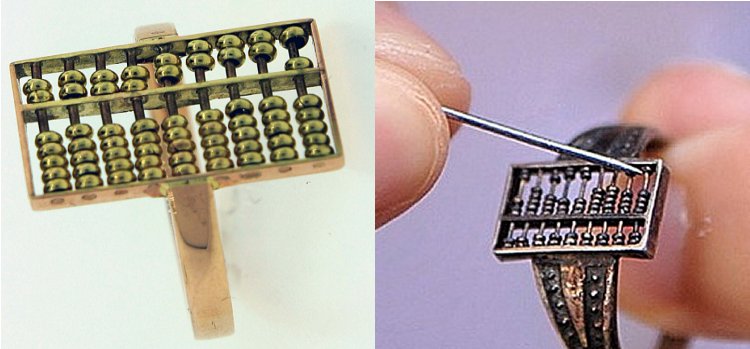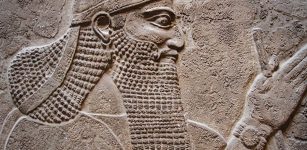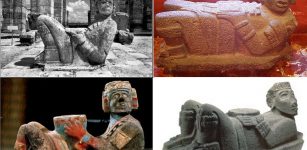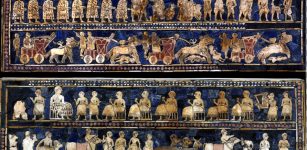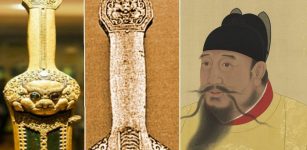Image Of The Day: 300-Year-Old Chinese Abacus Ring From The Qing Dynasty
This relic was made during the Qing Dynasty (1644-1911), and is made of pure silver. The origin of the ring is unknown.
Inlaid in a ring like a decoration, the size of the abacus is 1.2 cm×0.7 cm and its very small beads has a diameter of less than 1mm.
The Zhushan (China's abacus) has nine wires, each containing seven beads. Each wire's beads have a different value, meaning that they can be manipulated to create large numbers using only a few beads.
The abacus' beads can be moved easily and smoothly along the silver rods. For operating this tiny abacus, fingertips are too big.
It seems that the beads can only be moved by small tools such as pins.
Such abacus rings were used by traders who needed to make quick calculations during the 17th century.
For example, to make 155, you would separate five '1' beads on one wire from five '10' beads on another wire, with a single '100' bead on a third wire.
The Chinese abacus is thought to have been invented during the Ming dynasty (1368-1644) by the famous mathematician Cheng Dawei. It is still used in classrooms across the world today for its ability to help calculate complex sums in a matter of seconds.
AncientPages.com

